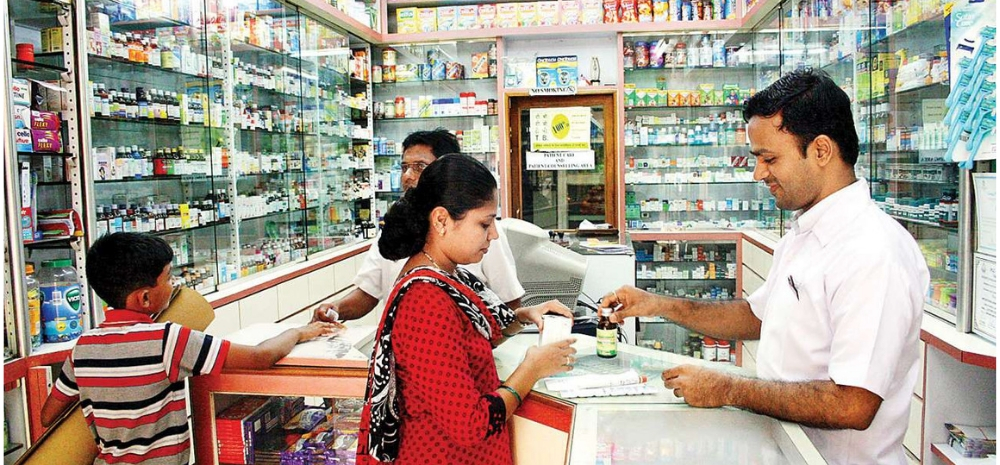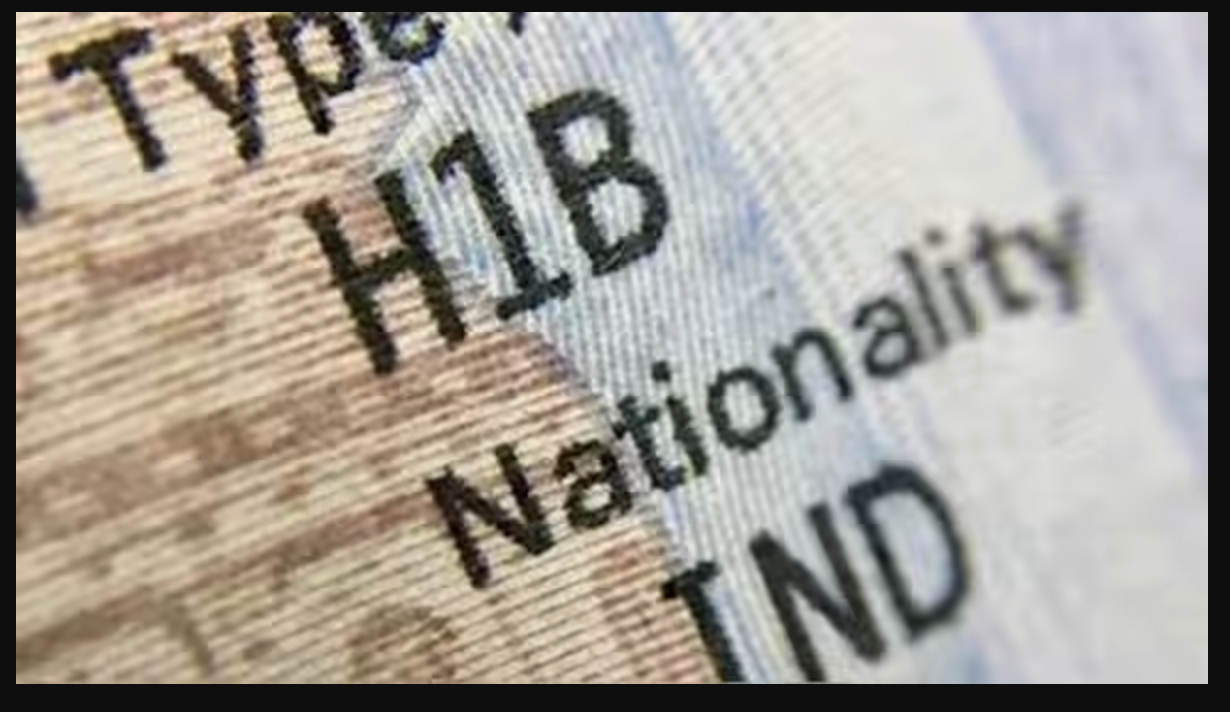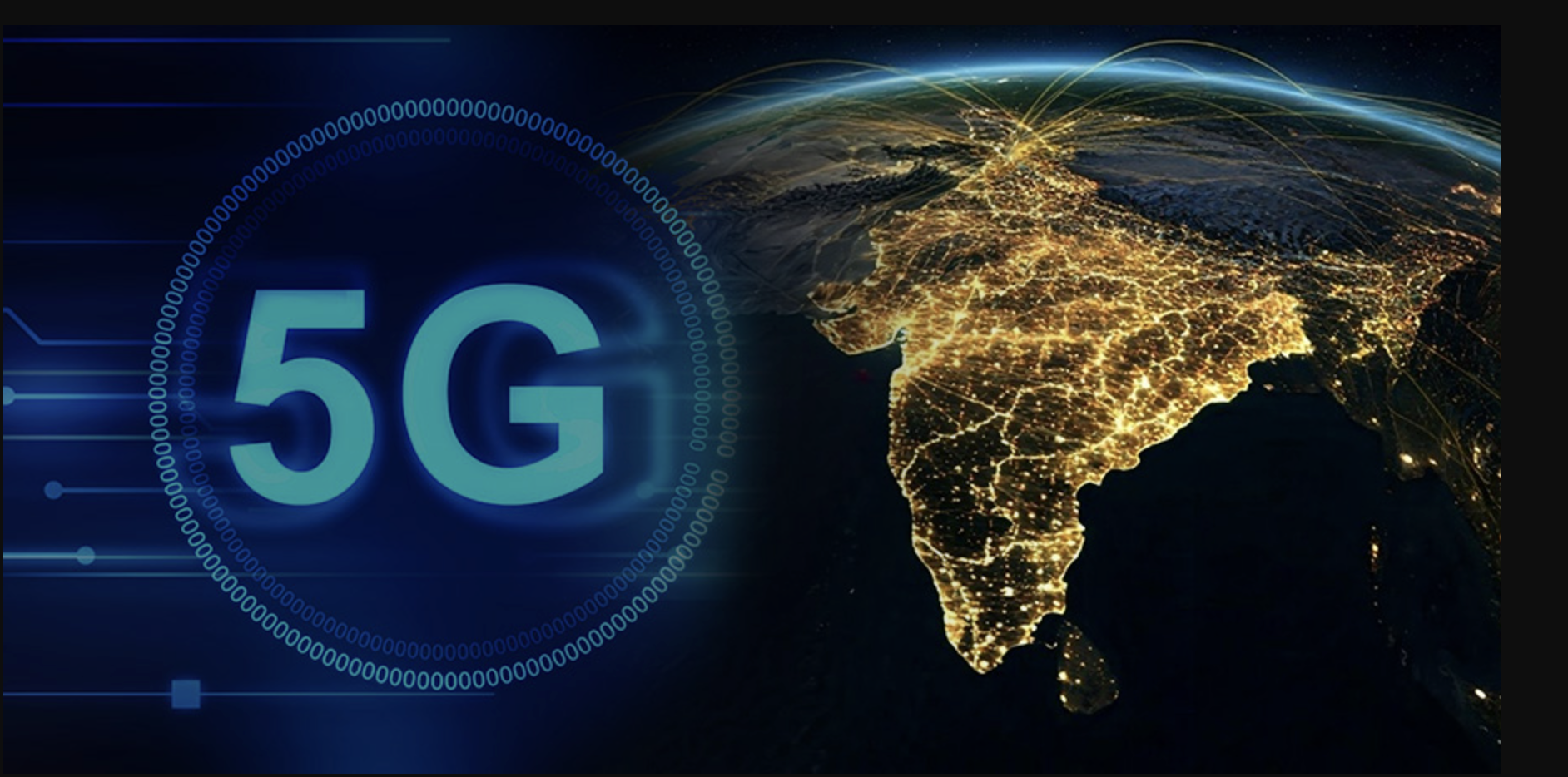Very soon, consumers will have the option to verify whether their medicines are genuine or fake by scanning a QR code placed on their packaging.

Implementation Of The QR Code For Checking If Your Medicines Are Fake or Genuine?
Starting Tuesday, the top selling 300 medicine brands, including Shelcal, Calpol, Dolo, Allegra and Meftal Spas, will carry QR or bar codes to verify their authenticity, in its first phase.
The new stock with bar codes will hit the market within a week to the next 15 days.
It depends upon the sales and new inventory cycle in chemist shops.
Earlier, the media reported regarding the government’s plan to introduce QR codes on top-selling medicines during September.
The best part about this is that the user doesn’t have to download any application on their phone to access this information.
It’s similar to scanning a restaurant menu, one can simply scan the QR code on the drug packaging.
While doing so, if the provided link fails to retrieve details of the drugs or brings out mismatched details from the packaging, it indicates that the drug might be a fake or counterfeit product.
An official representing a top pharma company in India said, “The scan from your phone camera will provide the below basic information.”
Further adding, “If details are not found or a mismatch is noticed, the consumer can inform the manufacturer of the product by writing on the email ID or call the customer care number given on the drug packet at his home.”
How Does This Help?
This move from the government aims at weeding out the substandard and counterfeit medicines out of the system.
It has been designed by the Department of Pharmaceuticals and will be enforced by India’s apex drug regulatory body, the Central Drugs Standard Control Organisation (CDSCO).
This move holds a great significance as it will help in eliminating the challenge of counterfeit products or fake medicines being sold in India.
So far, around 35 percent of fake drugs sold globally come from India, According to an earlier estimate by the World Health Organization (WHO).
Moving ahead the government agencies have called for strict implementation of barcodes or QR codes on most selling drugs including antibiotics, cardiac drugs, painkillers, anti-diabetics and anti-allergic medicines.
When you scan the QR code, it will end up tracking and tracing the entire journey of the pill starting from its name to the place of origin.
The user will be presented with the information such as unique product identification code, branded as well as generic name of the drug, name and address of the manufacturer, batch number, date of manufacturing, date of expiry and manufacturing license number.
At present, it is mandatory to print or affix QR codes on the 300 brands of the drug formulations.
But, if any manufacturer voluntarily wants to affix a code for any other brand, he is free to do so.












